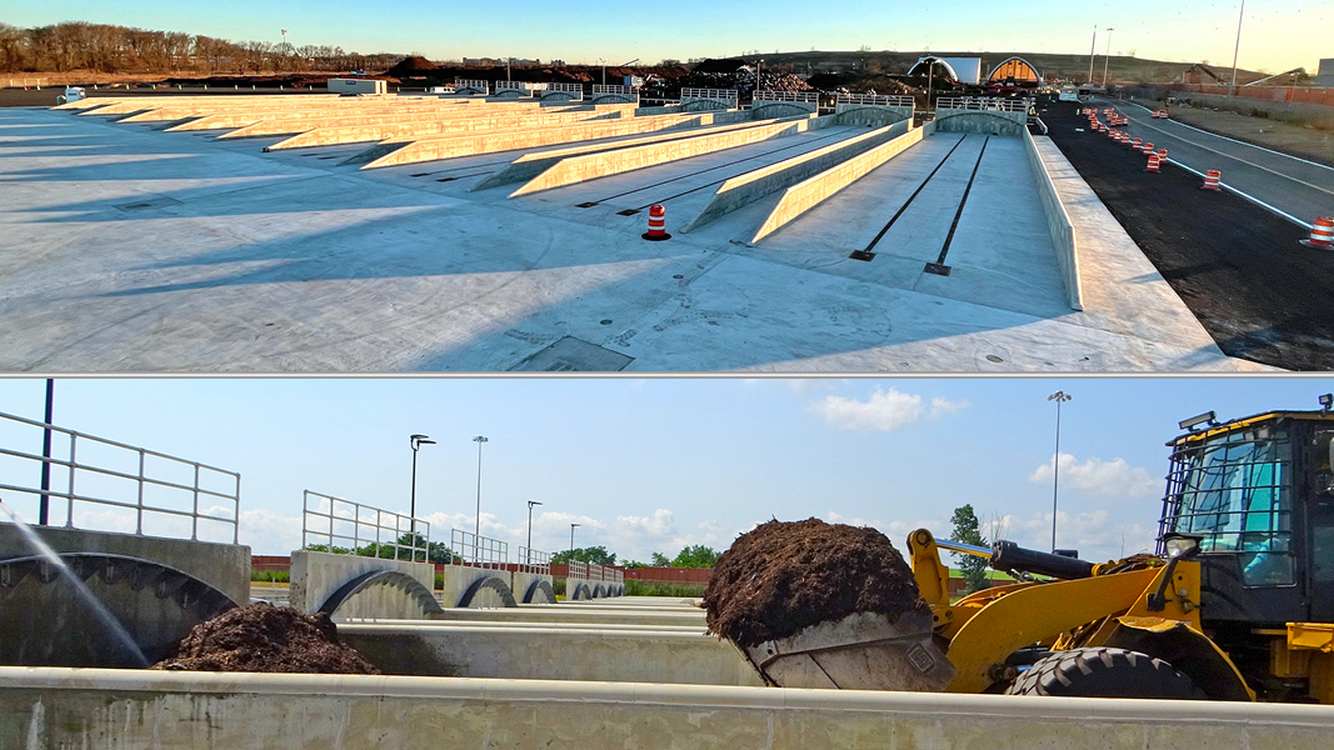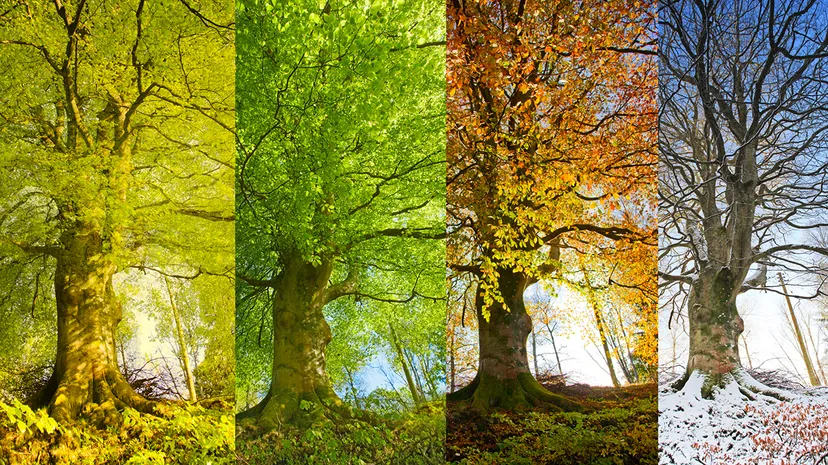On September 15th, 2025, a group of gardeners were able to work together with the SICF to collect food scraps and turn them into compost. At the Staten Island Compost Facility in Staten Island, NY, they took all of their food waste and put it under a tarp that was at a temperature of over 100°F. Then they used all the garbage that people found “useless” and gave it a new purpose. The heat that the gardeners put the garbage under actually killed the harmful microbes and weed seeds hiding inside the trash. As a result of everyone’s contributions, they were able to donate over 6 million pounds to fellow gardeners.
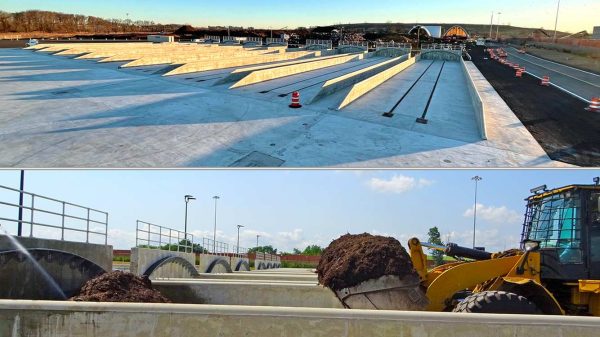
Unfortunately, some critics say that they think this isn’t actually making as much of an environmental impact as we think it is. What they don’t know, however, is that all that trash would have been sent off to a landfill, where it would decompose in poor conditions and release methane gas into the environment. And if you don’t know what that is, just know that it is a toxic greenhouse gas that is horrible for the earth’s atmosphere. So instead of rotting away, it’s taken to a specialized facility where carefully managed microbes eat the garbage under controlled conditions.
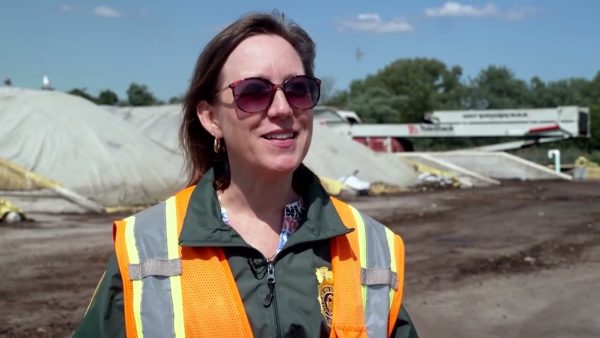
And while the methane gas is still released, it is captured and dealt with, which is huge for the environment. Jennifer McDonald, the commissioner for solid waste management at the New York City Department of Sanitation, says that what they’re doing is good for the economy. “We’re making this awesome compost that we can use throughout the city. It improves soil health, it helps with storm drain management, it makes our green spaces lush and healthy,” MacDonald says.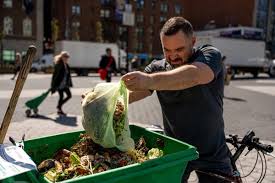
The Department of Sanitation has actually been collecting waste and compost since last year. They started with processing landscaper waste and just recently started using the residential waste. On an average day, the facility takes about 150 tons of waste and over 250 tons during the peak of fall. Once all that waste is collected, they’ll put it in several white tarps that heat up to around 100°F. That amount of heat is enough to kill dangerous pathogens and weed seeds. Jennifer McDonald says, “We use probes to monitor that temperature and we put these specialized covers on top to regulate moisture. We want to keep the microorganisms really happy so they can do the work of composting in these piles.”
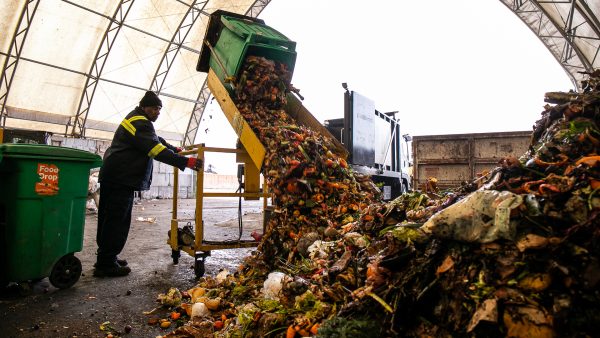
Eric Goldstein, New York’s environmental director, says that when waste is sent to landfills, it turns into methane, as stated earlier. “Landfills are the 3rd largest sources of methane emissions in the United States. so if we wanna take a bite outta the climate crisis, we’ve gotta figure out a way to get our food scraps and yard waste out of landfills and incinerators and into composting, which produces a very useful finished product,” Goldstein said. 
Sources:

